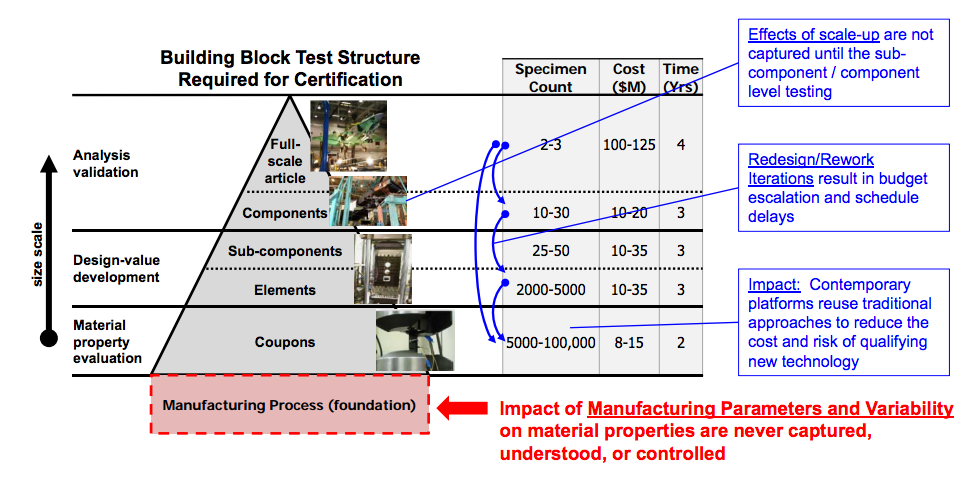Additive manufacturing has been researched by DARPA, the Defense Advanced Research Projects Agency, since before it was first implemented in civilian use. The government agency invests in high-risk, high-yield programs but does not go about it blindly.
Its new Open Manufacturing program seeks to speed up adoption of metal additive manufacturing for end use components and it does so with the approval of a panel composed of experts from the technology communities certification authorities: the US Army Manufacturing Technology Program, the Federal Aviation Administration, the National Aeronautics and Space Administration, and the US Army Evaluation Center.
“All these sectors know what’s coming down the road”, says DARPA’s Open Manufacturing Program Manager Michael Maher, as reported by Military Technology magazine, “They are aware of our capabilities and what we’re going to do with the technology. That’s one of the reasons we’re very confident that people are going to adopt these techniques in the future.”
DARPA capabilities are, in fact, impressive. The agency is already working and sharing its information with America Makes, the presidential initiative to create a public-private partnership to advance the development and adoption of AM technologies into American manufacturing capabilities. “They are utilizing our database and framework as a basis,” says Maher.
The Open Manufacturing program has been working for the past two years to develop a methodology and framework for building confidence in the use of metal 3D printing for end use, high-risk parts. The bottom line is that, although the implementation of metal manufacturing has only recently begun for end use parts and was previously mostly adopted for prototyping activities, iit may prove even more efficient and secure than traditional manufacturing for producing end parts that need to undergo intense pressures.
Research is done through two Manufacturing Demonstration Facilities, or MDF’s. The first is located at the Pennsylvania State University. It is referred to as the Center for Innovative Materials Processing through Direct Digital Deposition, or CIMP-D3. It seeks to advance enabling technologies required to implement AM in critical components and structures, provide technical assistance to the industry, and promote the potential of AM through training, education and dissemination of information.
To do that, its 8.000 square-foot facility, located at Building 2300 in Innovation Park, hosts many different AM systems. These include state of the art metal AM systems such as Optomec’s LENS MR 7 Laser Based system (which enjoys an excellent working partnership with America Makes), Sciaky’s Electron Beam (EBAM) system, and EOS Corporations EOSINT M280 metal laser sintering system.
The second facility is located at the US Army Research Laboratory at Aberdeen Proving Ground, in Maryland, where DARPA stores its material and process data. “For a long time, government agencies would buy material analysis”, says Maher. “We wouldn’t buy the actual raw material data and the pedigree that goes with it. The ARL MDF becomes a facility that now, whenever the government is generating data, they will be able to store it and make it available for other government agencies.”
Thanks to DARPA, Honeywell has already been implementing direct metal laser sintering and Boeing has been working with electron beam melting technologies. “We are coming out of our phase one and looking at the results that we are getting from our performers”, Maher says, “And with Open Manufacturing, we are highly optimistic.”. Of all the high-risk, high-yield programs DARPA has been working on, it definitely seems to me that metal additive manufacturing is shaping up to be the lowest-risk highest-yield of the group.




